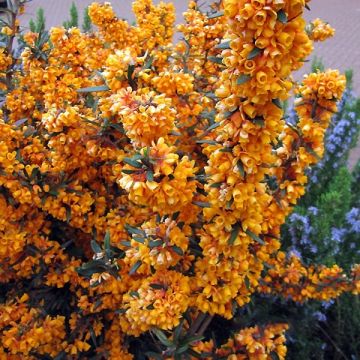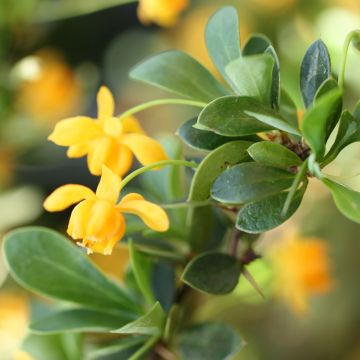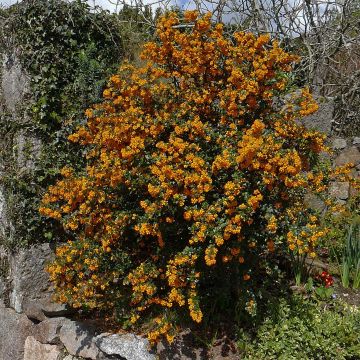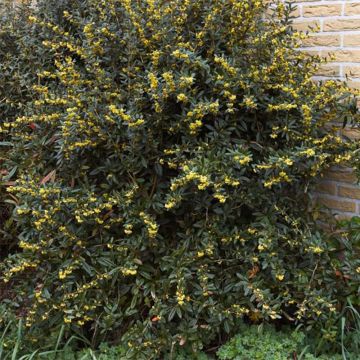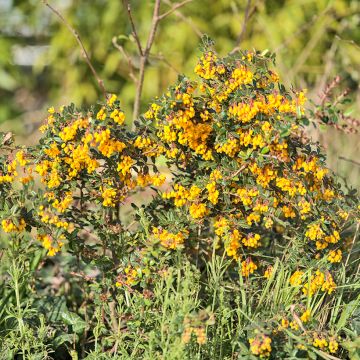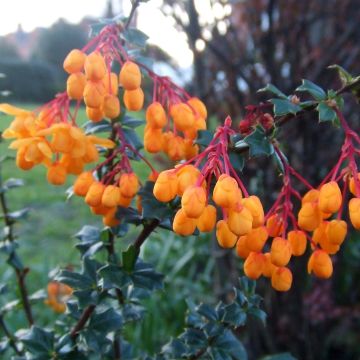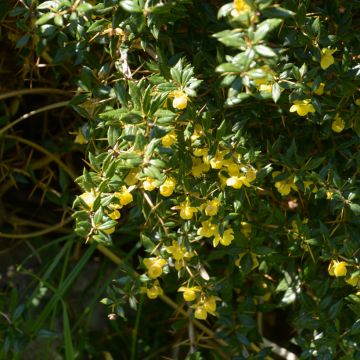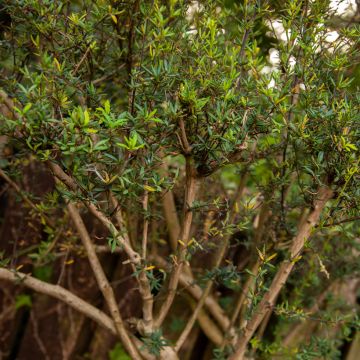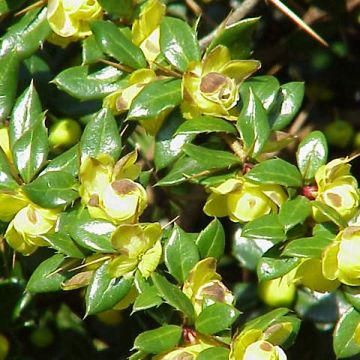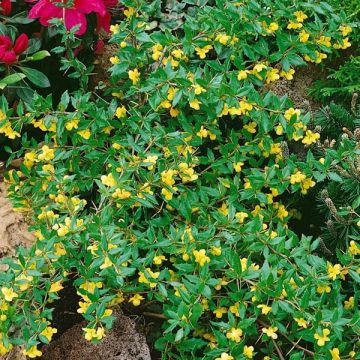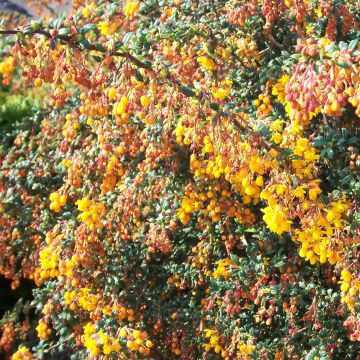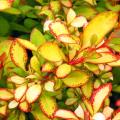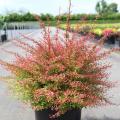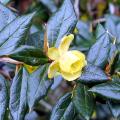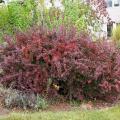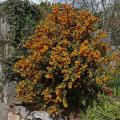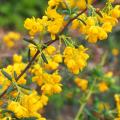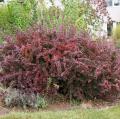Evergreen Berberis
Does this plant fit my garden? Set up your Plantfit profile →
Available in 1 sizes
Available in 2 sizes
Available in 2 sizes
Available in 2 sizes
Available in 3 sizes
Available in 1 sizes
Available in 1 sizes
Available in 2 sizes
Available in 1 sizes
Available in 1 sizes
Available in 1 sizes
A selection of Evergreen Bushes, whose foliage remains attractive in winter. These barberry bushes are shrubs derived from Berberis julianae, Berberis darwinii, or B. buxifolia, also known as boxleaf barberry. These more or less spiny bushes offer elegant dark green foliage composed of small leaves that can be glossy, with smooth or toothed margins and spines like miniature holly leaves. Larger barberries, such as the Darwin barberry, reaching between 2 and 3 metres (7 and 10 feet) in height, will be perfect for creating a hedge that is both a screen and a defense. Medium-sized varieties, like Berberis linearifolia 'Orange King', with its sumptuous flowering, will suit a shrub border. While lower ones, such as Berberis buxifolia ‘Nana’, will be perfect as ground cover or for planting in a rockery. The evergreen barberry also charms with its spring flowering in shades of yellow to orange, appreciated by bees, and its colourful berries at the end of the season. There are also other lesser-known evergreen species and varieties that are worth discovering, such as Berberis verrucosa or B. stenophylla 'Corallina Compacta' with its superb golden yellow flowers. Barberry requires very little maintenance, a light pruning after flowering is sufficient. Undemanding and very hardy, it is a robust plant that can be grown in a wide range of soils and under various climates.
Haven't found what you were looking for?







































